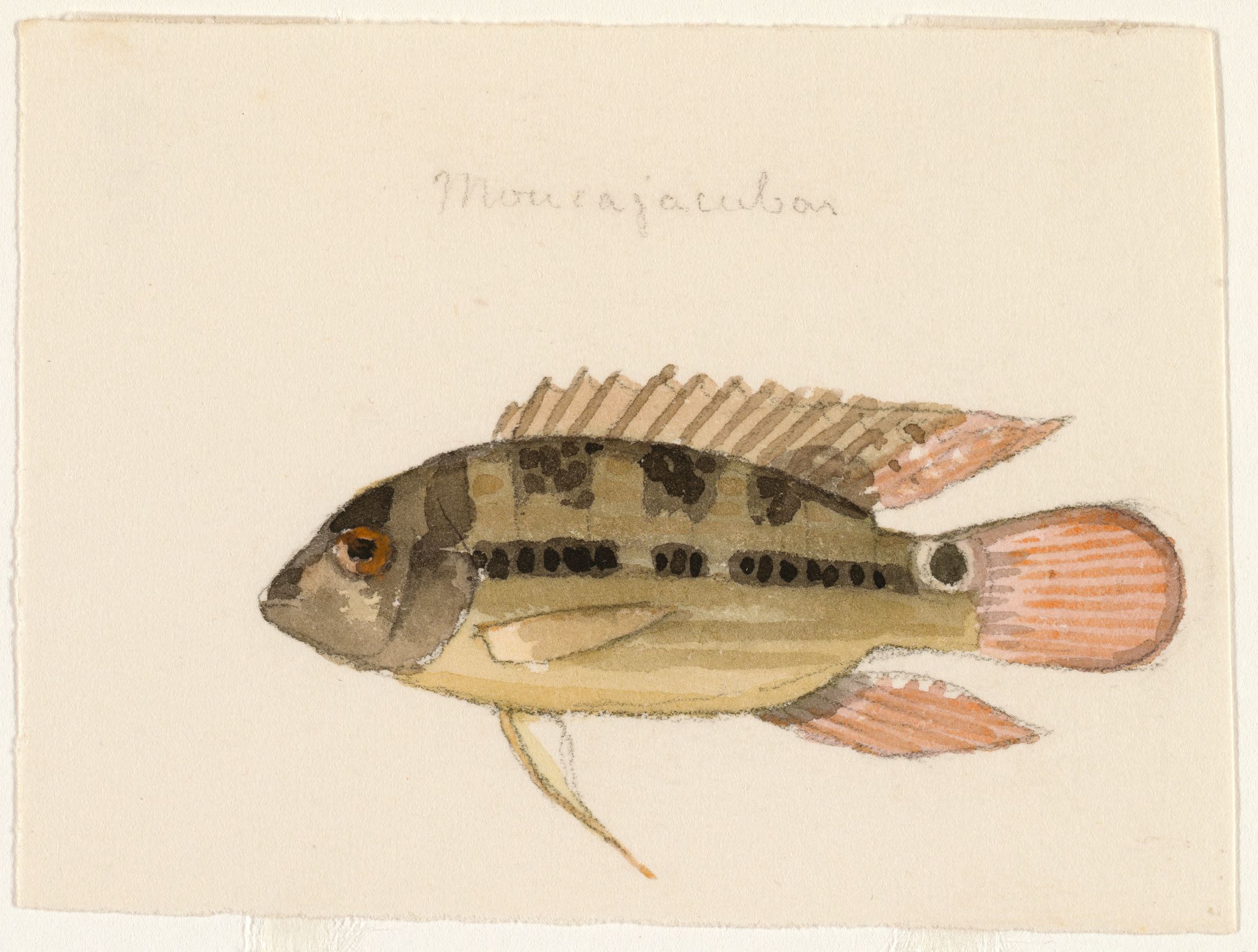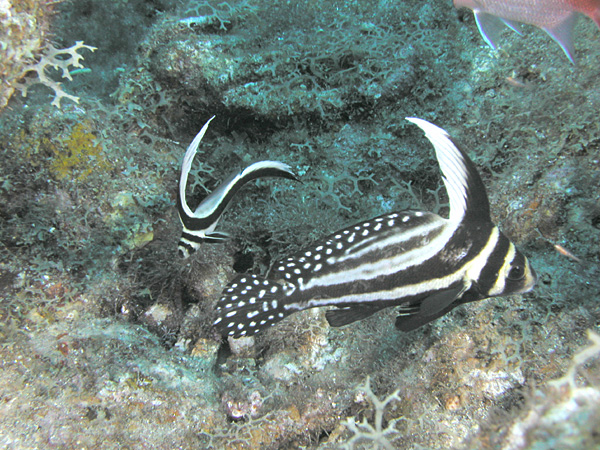|
Boulengerochromis
The giant cichlid (''Boulengerochromis microlepis''), also known as the emperor cichlid, is a species of fish in the family Cichlidae, endemic to Lake Tanganyika in Africa.''Boulengerochromis microlepis'' FishBase (2006) Eds. Froese, R. and D. Pauly. fishbase.org version (07/2014).SeriouslyFish Boulengerochromis microlepis. Retrieved 6 April 2017. It is the only member of its ''Boulengerochromis'' ... [...More Info...] [...Related Items...] OR: [Wikipedia] [Google] [Baidu] |
Lake Tanganyika
Lake Tanganyika ( ; ) is an African Great Lakes, African Great Lake. It is the world's List of lakes by volume, second-largest freshwater lake by volume and the List of lakes by depth, second deepest, in both cases after Lake Baikal in Siberia. It is the world's longest freshwater lake. The lake is shared among four countries—Tanzania, the Democratic Republic of the Congo (the DRC), Burundi, and Zambia—with Tanzania (46%) and the DRC (40%) possessing the majority of the lake. It drains via the Lukuga River into the Congo River system, which ultimately discharges at Banana, Democratic Republic of the Congo into the Atlantic Ocean. Geography Lake Tanganyika is situated within the Albertine Rift, the western branch of the East African Rift, and is confined by the mountainous walls of the valley. It is the largest rift lake in Africa and the second-largest freshwater lake by volume in the world. It is the deepest lake in Africa and holds the greatest volume of fresh water on the ... [...More Info...] [...Related Items...] OR: [Wikipedia] [Google] [Baidu] |
Cichlidae
Cichlids () are a large, diverse, and widespread family of percomorph fish in the family Cichlidae, order Cichliformes. At least 1,760 species have been scientifically described, making it one of the largest vertebrate families, with only the Cyprinidae being more speciose. New species are discovered annually, and many species remain undescribed. The actual number of species is therefore unknown, with estimates varying between 2,000 and 3,000. They are native to the Neotropics, Africa (including Madagascar), the Middle East, and the Indian subcontinent, although some species have been introduced worldwide. Many cichlids, particularly tilapia, are important food fishes, while others, such as the '' Cichla'' species, are valued game fish. The family also includes many popular freshwater aquarium fish kept by hobbyists, including the angelfish, oscars, and discus. Cichlids have the largest number of endangered species among vertebrate families, most in the haplochrom ... [...More Info...] [...Related Items...] OR: [Wikipedia] [Google] [Baidu] |
Pseudocrenilabrinae
The Pseudocrenilabrinae are a subfamily in the cichlid family of fishes to which, according to a study from 2004, includes all the Middle Eastern and African cichlids with the exception of the unusual '' Heterochromis multidens'' and the Malagasy species. This subfamily includes more than 1,100 species. Previous authors recognized additional African subfamilies, e.g. the Tilapiinae of Hoedeman (1947), Tylochrominae of Poll (1986), or Boulengerochrominae of Tawil (2001). This subfamily includes the cichlids from the African Great Lakes, such as the utaka and mbuna in Lake Malawi, and various species from Lake Victoria and Lake Tanganyika. The Pseudocrenilabrinae tribes Haplochromini and Oreochromini are widespread in Africa and also found in the Middle East, while Chromidotilapiini, Hemichromini and Tylochromini are primarily West and Central African. The remaining tribes are largely or entirely restricted to Lake Tanganyika. Systematics Apart from the tribes mentioned in ... [...More Info...] [...Related Items...] OR: [Wikipedia] [Google] [Baidu] |
George Albert Boulenger
George Albert Boulenger (19 October 1858 – 23 November 1937) was a Belgian-British zoologist who described and gave scientific names to over 2,000 new animal species, chiefly fish, reptiles, and amphibians. Boulenger was also an active botanist during the last 30 years of his life, especially in the study of roses. Life Boulenger was born in Brussels, Belgium, the only son of Gustave Boulenger, a Belgian public notary, and Juliette Piérart, from Valenciennes. He graduated in 1876 from the Free University of Brussels (1834–1969), Free University of Brussels with a degree in natural sciences, and worked for a while at the Royal Belgian Institute of Natural Sciences, Brussels, as an assistant naturalist studying amphibians, reptiles, and fishes. He also made frequent visits during this time to the ''National Museum of Natural History (France), Muséum national d'Histoire naturelle'' in Paris and the Natural History Museum, London, British Museum in London. Boulenger develop ... [...More Info...] [...Related Items...] OR: [Wikipedia] [Google] [Baidu] |
Jacques Pellegrin
Jacques Pellegrin (12 June 1873 – 12 August 1944) was a French zoology, zoologist. Biography Pellegrin was born in Paris on 12 June 1873. He worked under zoologist Léon Vaillant (chair of reptiles and fishes) at the ''Muséum national d'histoire naturelle''. From 1897, Pellegrin served as ''préparateur'' at the museum. He obtained doctorates in medicine (1899) and science (1904), and in 1908 was named as an assistant director. After many missions abroad, he became sub-director of the museum in 1937, and replaced Louis Roule (1861–1942) as the chairperson of herpetology and ichthyology. He published over 600 scientific books and articles and scientifically described around 350 new species. He named a number of fishes from the family Cichlidae, such as the genera ''Astatoreochromis'', ''Astatotilapia'', ''Boulengerochromis'', ''Lepidiolamprologus'', ''Nanochromis'' and ''Ophthalmotilapia''. Pellegrin fought with the French Resistance during World War II. He was killed by ... [...More Info...] [...Related Items...] OR: [Wikipedia] [Google] [Baidu] |
Speckled Peacock Bass
''Cichla temensis'', the speckled peacock bass, painted pavon, royal pavon, speckled pavon, three-barred peacock bass, or striped tucunare, is a very large Cichlinae, South American cichlid. Reaching nearly in length, it is the largest cichlid of the Americas, and one of the List of largest fish, largest extant cichlids in the world. It is an important Predatory fish, predator in its native waterways, as well as a prized food fish and game fish, which has led to a number of attempted fish stocking, introductions outside of its native range. Description ''C. temensis'' resembles other peacock bass species, but is generally more elongate and slender in body shape. It is one of the largest cichlids in the world, reaching a maximum recorded length of and in weight, with only the African giant cichlid (''Boulengerochromis microlepis'') possibly reaching similar proportions. ''C. temensis'' is characterized by possessing a post-Orbit (anatomy), orbital Stripe (pattern), band (the d ... [...More Info...] [...Related Items...] OR: [Wikipedia] [Google] [Baidu] |
Drum (fish)
Sciaenidae is a family of ray-finned fishes belonging to the order Acanthuriformes. They are commonly called drums or croakers in reference to the repetitive throbbing or drumming sounds they make. The family consists of about 293 to 298 species in about 66 or 67 genera. Taxonomy Sciaenidae was first proposed as a family in 1829 by the French zoologist Georges Cuvier. The 5th edition of ''Fishes of the World'' classifies the family in the suborder Sciaenoidei, alongside the rover family Emmelichthyidae, in the order Acanthuriformes. Other authorities classify the Sciaenidae and the Emmelichthyidae as ''incertae sedis'' within the series Eupercaria. The ''Catalog of Fishes'' retains this family within the Acanthuriformes but does not recognise the suborder Sciaenoidei. The 5th edition of ''Fishes of the World'', ''Fishbase'' and ''Catalog of Fishes'' do not recognise subfamilies within the Sciaenidae but many workers on these fishes do recognise subfamilies and tribes within the f ... [...More Info...] [...Related Items...] OR: [Wikipedia] [Google] [Baidu] |
Ichthyologist
Ichthyology is the branch of zoology devoted to the study of fish, including bony fish (Osteichthyes), cartilaginous fish (Chondrichthyes), and jawless fish (Agnatha). According to FishBase, 35,800 species of fish had been described as of March 2025, with approximately 250 new species described each year. Etymology The word is derived from the Ancient Greek words wikt:ἰχθύς, ἰχθύς, ''ikhthus'', meaning "fish"; and wikt:-λόγος, λόγος, ''logos'', meaning "study". History The study of fish dates from the Upper Paleolithic, Upper Paleolithic Revolution (with the advent of "high culture"). The science of ichthyology was developed in several interconnecting epochs, each with various significant advancements. The study of fish receives its origins from humans' desire to feed, clothe, and equip themselves with useful implements. According to Michael Barton (professor), Michael Barton, a prominent ichthyologist and professor at Centre College, "the earliest ichthy ... [...More Info...] [...Related Items...] OR: [Wikipedia] [Google] [Baidu] |
Greek Language
Greek (, ; , ) is an Indo-European languages, Indo-European language, constituting an independent Hellenic languages, Hellenic branch within the Indo-European language family. It is native to Greece, Cyprus, Italy (in Calabria and Salento), southern Albania, and other regions of the Balkans, Caucasus, the Black Sea coast, Asia Minor, and the Eastern Mediterranean. It has the list of languages by first written accounts, longest documented history of any Indo-European language, spanning at least 3,400 years of written records. Its writing system is the Greek alphabet, which has been used for approximately 2,800 years; previously, Greek was recorded in writing systems such as Linear B and the Cypriot syllabary. The Greek language holds a very important place in the history of the Western world. Beginning with the epics of Homer, ancient Greek literature includes many works of lasting importance in the European canon. Greek is also the language in which many of the foundational texts ... [...More Info...] [...Related Items...] OR: [Wikipedia] [Google] [Baidu] |
Aristotle
Aristotle (; 384–322 BC) was an Ancient Greek philosophy, Ancient Greek philosopher and polymath. His writings cover a broad range of subjects spanning the natural sciences, philosophy, linguistics, economics, politics, psychology, and the arts. As the founder of the Peripatetic school of philosophy in the Lyceum (classical), Lyceum in Athens, he began the wider Aristotelianism, Aristotelian tradition that followed, which set the groundwork for the development of modern science. Little is known about Aristotle's life. He was born in the city of Stagira (ancient city), Stagira in northern Greece during the Classical Greece, Classical period. His father, Nicomachus (father of Aristotle), Nicomachus, died when Aristotle was a child, and he was brought up by a guardian. At around eighteen years old, he joined Plato's Platonic Academy, Academy in Athens and remained there until the age of thirty seven (). Shortly after Plato died, Aristotle left Athens and, at the request ... [...More Info...] [...Related Items...] OR: [Wikipedia] [Google] [Baidu] |
Damselfish
Damselfish are those fish within the subfamilies Abudefdufinae, Chrominae, Lepidozyginae, Pomacentrinae, and Stegastinae within the family Pomacentridae. Most species within this group are relatively small, although the four largest species ('' Hypsypops rubicundus'', '' Microspathodon bairdii'', '' M. dorsalis'' and '' Nexilosus latifrons'') can reach 30cm (12 in) in length. Most damselfish species exist only in marine environments, but a few inhabit brackish or fresh water. These fish are found globally in tropical, subtropical, and temperate waters. Habitat in tropical rocky or coral reefs, and many of those are kept as marine aquarium pets. Their diets include small crustaceans, plankton, and algae. However, a few live in fresh and brackish waters, such as the freshwater damselfish, or in warm subtropical climates, such as the large orange Garibaldi, which inhabits the coast of southern California and the Pacific Mexican coast. Foraging The domino damselfish ' ... [...More Info...] [...Related Items...] OR: [Wikipedia] [Google] [Baidu] |
Sciaenidae
Sciaenidae is a family (biology), family of ray-finned fishes belonging to the Order (biology), order Acanthuriformes. They are commonly called drums or croakers in reference to the repetitive throbbing or drumming sounds they make. The family consists of about 293 to 298 species in about 66 or 67 genera. Taxonomy Sciaenidae was first proposed as a family in 1829 by the French zoologist Georges Cuvier. The 5th edition of ''Fishes of the World'' classifies the family in the suborder Sciaenoidei, alongside the rover family Emmelichthyidae, in the order Acanthuriformes. Other authorities classify the Sciaenidae and the Emmelichthyidae as ''incertae sedis'' within the series Eupercaria. The ''Catalog of Fishes'' retains this family within the Acanthuriformes but does not recognise the suborder Sciaenoidei. The 5th edition of ''Fishes of the World'', ''FishBase, Fishbase'' and ''Catalog of Fishes'' do not recognise Subfamily, subfamilies within the Sciaenidae but many workers on these ... [...More Info...] [...Related Items...] OR: [Wikipedia] [Google] [Baidu] |









